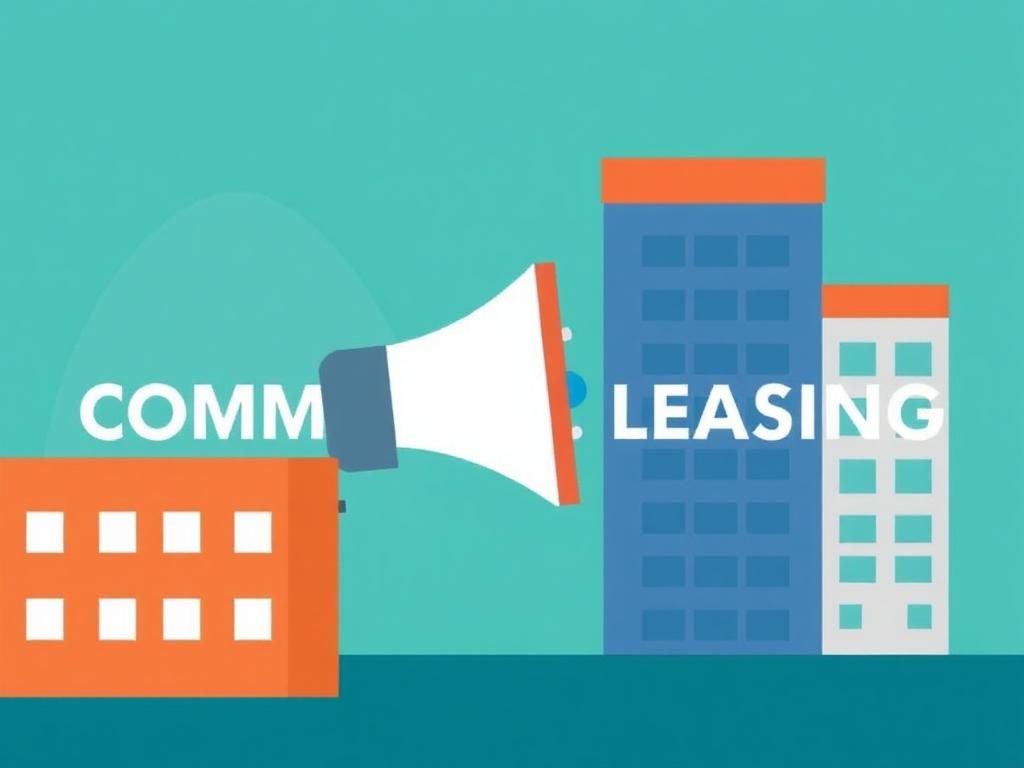Physical Address
304 North Cardinal St.
Dorchester Center, MA 02124
Physical Address
304 North Cardinal St.
Dorchester Center, MA 02124

In the world of commercial real estate, understanding the terms and conditions of leases is critical for both tenants and landlords. The distinction between a gross lease and a net lease plays a significant role in determining financial obligations and responsibilities associated with commercial properties. By grasping the nuances of these lease types, individuals and businesses can make informed decisions that directly impact their financial health and operational efficiency.
A gross lease is one in which the rental amount encompasses all property-related expenses, providing a streamlined approach to budgeting for tenants. On the other hand, a net lease involves a lower base rent but requires tenants to cover additional property expenses, often leading to variable monthly costs. These definitions set the stage for a deeper exploration of the differences—commonly referred to as the gross lease vs net lease debate—between these two distinct leasing arrangements.
A lease is a legally binding agreement that allows one party (the tenant) to use a property owned by another party (the landlord) for a specified period in exchange for rent. Leases are essential in real estate, as they outline the responsibilities and rights of both parties, safeguarding their interests and providing a clear framework for property usage.
Leases can generally be categorized into three main types: residential, commercial, and industrial.
A gross lease is defined as an industrial, commercial, or residential lease where the landlord is responsible for paying all property-related expenses. This means that the rent amount is inclusive of utilities, property taxes, insurance, and maintenance costs. For tenants, this type of lease simplifies budgeting, as it allows for predictable monthly expenses without the worry of fluctuating costs related to the property’s upkeep.

A net lease is a type of lease arrangement wherein the tenant agrees to pay a base rent lower than that found in a gross lease. However, tenants also assume the responsibility for additional expenses related to property operation. There are various types of net leases predominantly used in commercial properties:
Understanding the distinctions between gross lease and net lease is essential for both tenants and landlords. The following chart summarizes the crucial differences:

| Lease Type | Expense Structure | Rental Cost | Property Management Responsibilities |
|---|---|---|---|
| Gross Lease | Landlord pays all expenses | Higher base rent | Landlord handles all maintenance |
| Net Lease | Tenant pays additional expenses | Lower base rent | Tenant responsible for maintenance |
When deciding between a gross lease and a net lease, several factors must be taken into account for both tenants and landlords.
For tenants:
– Consider the type of business and its financial situation. A new startup may prefer the predictability of a gross lease, while established businesses may benefit from a net lease’s lower base rent.
– Long-term vs. short-term needs should be assessed. Companies looking for longevity may opt for a net lease to foster relationships with landlords and manage property in the long run.
For landlords:
– Property type and management preferences can influence lease type selection. Landlords who prefer minimal involvement may lean towards gross leases, while those willing to take a more active role may prefer net leases.
Gross leases are commonly found in retail spaces and full-service office suites. For example, a small business renting office space in a mixed-use building may choose a gross lease for ease of budgeting, allowing the owner to allocate resources more effectively toward business growth rather than managing property expenses.
In contrast, net leases are prevalent in industrial properties or stand-alone commercial buildings. Large corporations, like national retail chains, often enter into triple net leases—an arrangement where they assume liability for property taxes, insurance, and maintenance—allowing them to manage costs directly and potentially lower their overall property-related expenses while gaining control over location management.
Navigating the differences between gross lease and net lease is crucial for tenants and landlords alike. Both lease types offer unique advantages and disadvantages that can significantly impact operational costs and property management strategies. Understanding these distinctions empowers businesses and property owners to make informed leasing decisions that align with their financial goals and operational needs.
For more information on leases and real estate, consider exploring the following resources: